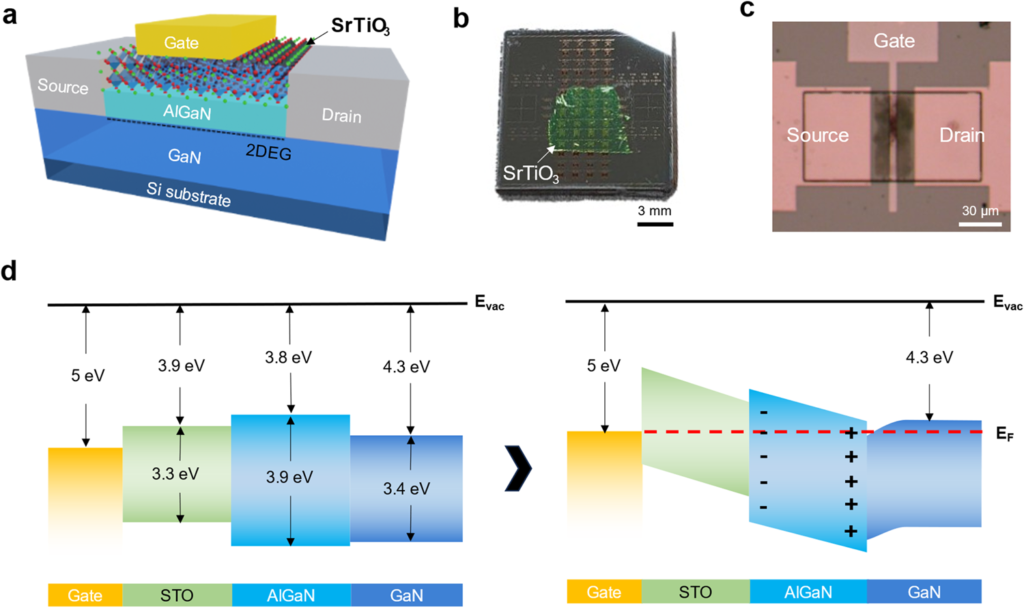High-k dielectrics and metal gate structures have become essential components in modern semiconductor devices as manufacturers continue to shrink transistor sizes. These materials enable better performance and energy efficiency in advanced chips, but they also introduce significant challenges in detecting defects due to their complex physical and chemical properties. Erik Hosler, a leading expert in semiconductor metrology, stresses the need for innovative techniques like free-electron lasers (FELs) to address these challenges and ensure the reliability of semiconductor components.
The Importance of High-k Dielectrics and Metal Gates
High-k dielectrics have replaced silicon dioxide as gate insulators, offering better capacitance without increasing leakage, while metal gates improve transistor performance by reducing power consumption and boosting switching speeds. However, these materials’ unique properties make defect detection more complex, with traditional optical inspection struggling to identify the small defects that can significantly impact performance.
The Challenges of Defect Detection
Defects in high-k dielectrics and metal gate structures can be as small as a few nanometers, yet they can lead to significant issues such as increased leakage currents, poor reliability, or device failure. The inherent challenges in detecting these defects lie in their size and the properties of the materials involved. High-k materials have complex surfaces and compositions that make it difficult for traditional inspection methods to capture the necessary details.
Additionally, metal gates introduce another layer of complexity. Metal materials reflect light differently than dielectrics, making optical inspection less effective in identifying irregularities. As a result, manufacturers require more advanced metrology tools that can detect and measure these defects with greater precision.
Free-electron lasers (FELs) Advancing Defect Detection
Free-electron lasers (FELs) have emerged as a groundbreaking technology for overcoming the challenges associated with inspecting high-k dielectrics and metal gate structures. FELs generate highly coherent light across a wide range of wavelengths, from ultraviolet to x-rays, allowing for a level of detail that traditional methods cannot achieve.
With FELs, manufacturers can pinpoint sub-nanometer defects in these critical materials, ensuring that even the smallest imperfections are identified and corrected before they lead to device failure. Erik Hosler explains, “Free-electron lasers are revolutionizing defect detection by offering unprecedented accuracy at the sub-nanometer scale.” This level of precision is essential for maintaining the reliability and performance of advanced semiconductor devices.
The complexities of inspecting high-k dielectrics and metal gate structures present significant challenges for semiconductor manufacturers. However, technologies like FELs are making it possible to detect and correct defects at the sub-nanometer scale, ensuring that semiconductor devices continue to perform at their highest potential. As the demand for smaller, more efficient chips grows, advanced metrology tools like FELs will be crucial in meeting these evolving requirements.

